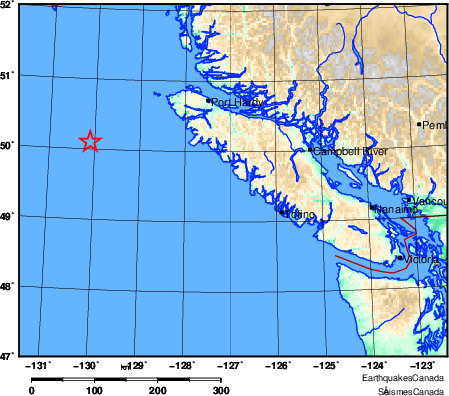Environmental groups concerned pipeline project will increase tanker traffic
Posted July 26, 2016 7:16 am.
Last Updated July 26, 2016 12:38 pm.
This article is more than 5 years old.
FREDERICTON – Environmental groups say increased crude tanker traffic as a result of the proposed Energy East pipeline would raise the risk of a large bitumen spill and jeopardize the environment and marine life between New Brunswick and the U.S. Gulf Coast.
“Energy East represents a set of extraordinary threats to the U.S. East Coast,” said Anthony Swift of the U.S.-based Natural Resources Defence Council (NRDC). “It would be irresponsible for regulators to turn a blind eye to what could happen with Energy East’s oil once it’s loaded onto tankers bound for the Gulf Coast.”
The report, prepared by the NRDC in partnership with groups such as Greenpeace, Sierra Club and the Conservation Council of New Brunswick, says the pipeline project across Canada would result in a 300 to 500 per cent increase in tankers delivering western crude to refineries in the southern United States.
That raises the prospect of a spill of diluted bitumen from the oil sands, a potential disaster that Swift said neither Canada or the United States is prepared to deal with, citing a study by the National Academy of Sciences.
“Diluted bitumen from tar sands has unique properties that create impacts that current spill response techniques and technologies are simply not equipped to address. In fact we don’t have the equipment or know-how to prevent, contain or clean up tar sands crude spills in our rivers, much less open oceans and coasts,” he said.
Matthew Abbott of the Conservation Council of New Brunswick said it’s believed that in the event of a large spill, tar balls would sink to the bottom and also be suspended in the water column, eluding the conventional booms used to contain oil spills.
The proposed $15.7 billion pipeline would move 1.1 million barrels of oil a day from Alberta and Saskatchewan through Quebec and into New Brunswick to supply Eastern Canada refineries and for overseas shipping.
In a statement, TransCanada Corp. officials say they are a pipeline transporter and don’t own or operate ships, but they note that there are comprehensive rules around marine tanker activity and are working with various groups to ensure safe operation of the proposed export terminal.
“Safety remains our top priority,” the statement reads. “The Canaport Marine Terminal will have a number of preventive safety measures beyond the International Maritime Organization’s requirements for crude tankers.”
The statement indicates the safety measures will include the mandatory use of certified pilots for the Port of Saint John, the use of tug boats to facilitate berthing and departure manoeuvres, advanced navigational and docking technologies, and a “revised traffic separation scheme to ensure safety.”
The NRDC has launched a petition calling on the Obama administration to enact a moratorium on tankers carrying oil sands bitumen in U.S. waters — on both the Atlantic and Pacific coasts.
It says allowing a steady flow of tankers taking oil south from New Brunswick is the creation of an aquatic pipeline.
“In essence, the pipeline would start on land and continue onto the sea. This would allow the Alberta tar sands industry to reach American refineries without laying pipe on U.S. soil, providing an alternative to the rejected Keystone XL pipeline,” the report says.
The National Energy Board has announced that consultations with communities along the pipeline route will begin in August and its final report should be completed by March 2018. Ottawa will also be presented with Quebec’s ruling on the pipeline, which is expected in June 2018.
But Abbott says the NEB’s work needs to extend beyond the physical end of the pipeline in Saint John. He said it must also look at the impact on the environment and marine life in the Bay of Fundy and beyond.
“When you add increased risk of oil spills and when you add marine noise which has been shown to be very damaging to marine animals, especially whales, it can reduce their ability to communicate with each other and it can cause stress. When you add all these stressors to a system that is already experiencing stress we just don’t know what the tipping point is going to be,” Abbott said.
He said the jobs created by the pipeline don’t outweigh the thousands of jobs around the Bay of Fundy that rely on the lobster fishery and tourism that could be at risk in the event of a spill.
Still, TransCanada is defending its project to get the oil to New Brunswick.
“Pipelines are the safest way to transport oil we need in our daily lives and TransCanada is an industry leader in testing, developing and deploying technologies for leak protection, pipeline construction and integrity management,” it said in its statement.










